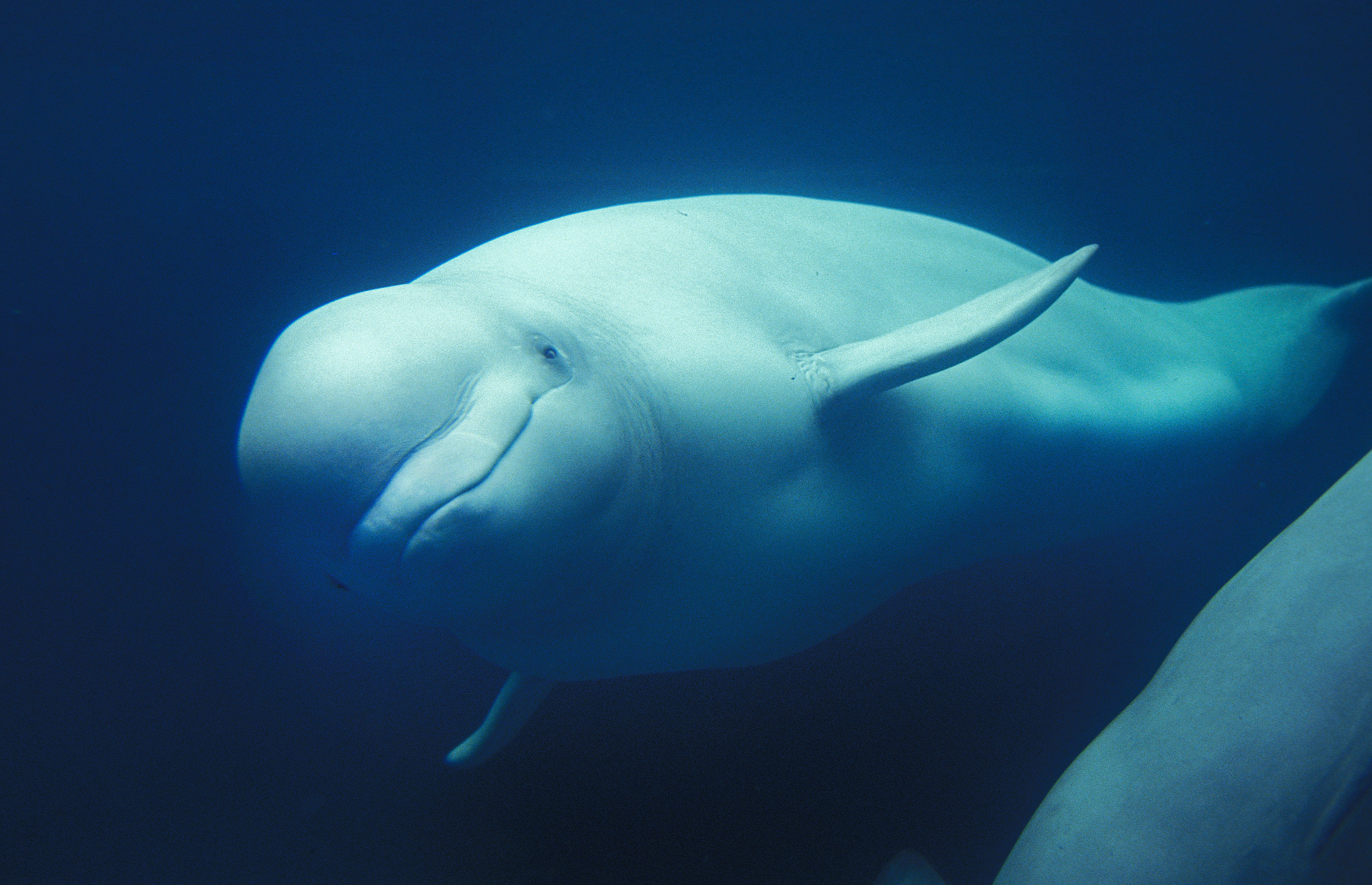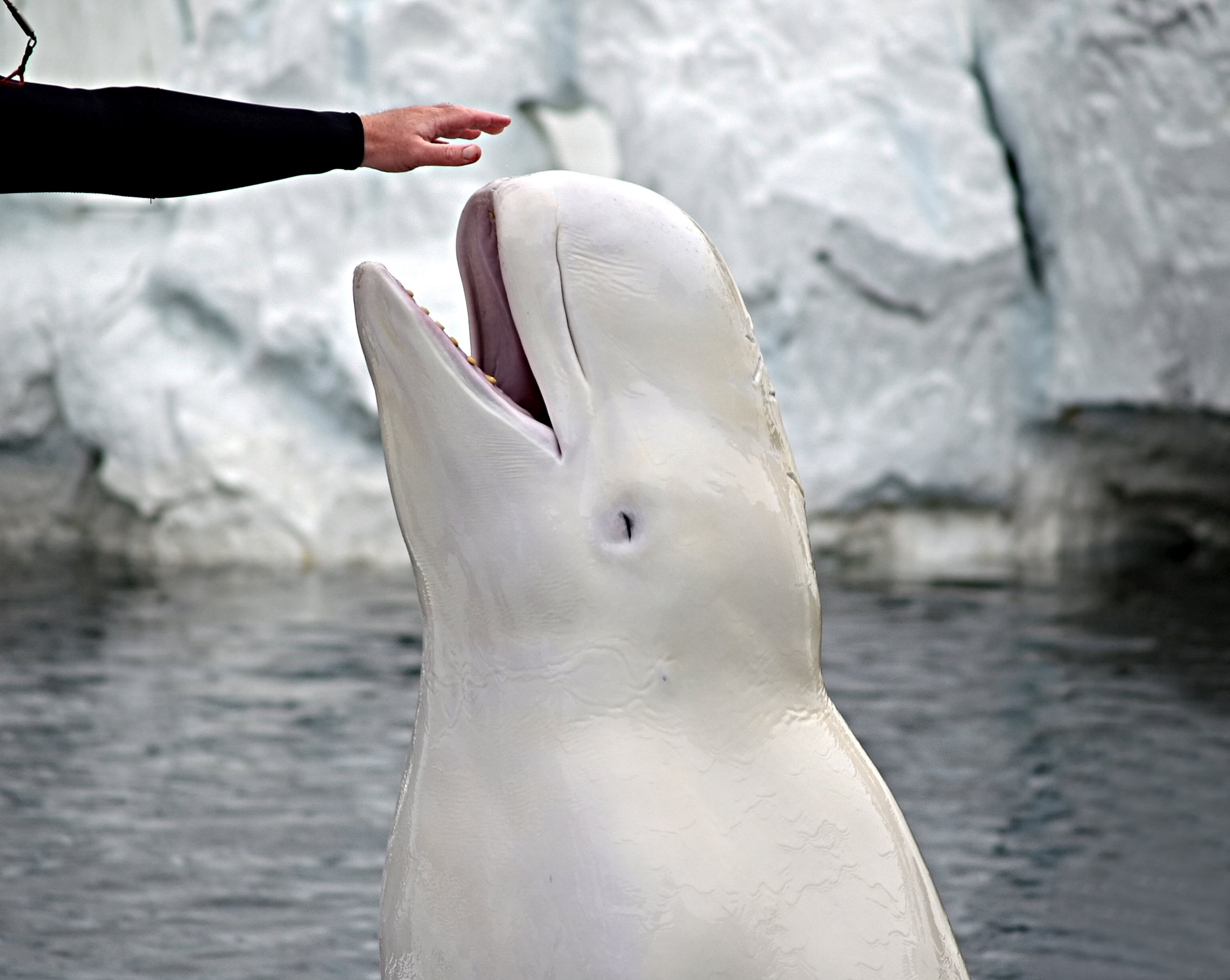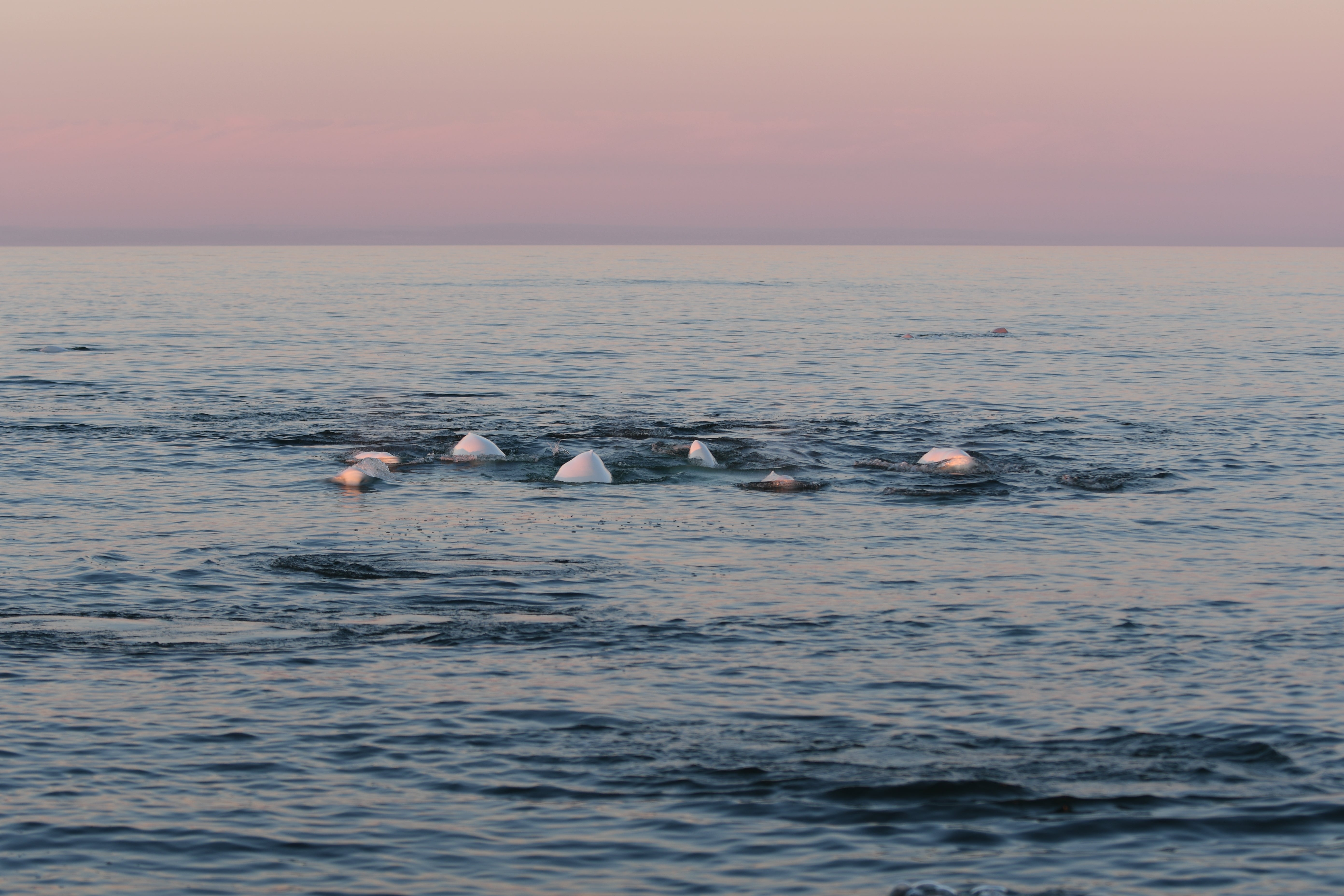Beluga whale: Why is the animal stranded in France’s River Seine
The striking white creature was spotted drifting up the river near Paris

Your support helps us to tell the story
From reproductive rights to climate change to Big Tech, The Independent is on the ground when the story is developing. Whether it's investigating the financials of Elon Musk's pro-Trump PAC or producing our latest documentary, 'The A Word', which shines a light on the American women fighting for reproductive rights, we know how important it is to parse out the facts from the messaging.
At such a critical moment in US history, we need reporters on the ground. Your donation allows us to keep sending journalists to speak to both sides of the story.
The Independent is trusted by Americans across the entire political spectrum. And unlike many other quality news outlets, we choose not to lock Americans out of our reporting and analysis with paywalls. We believe quality journalism should be available to everyone, paid for by those who can afford it.
Your support makes all the difference.A beluga whale has been found stranded in the River Seine close to Paris
Rescuers have been monitoring the whale with two drones after it was spotted in the river at Saint-Pierre-la-Garenne, 50 miles northwest of Paris, on Wednesday.
Members of the public are being urged to keep away from the whale that appears to be underweight.
What is a beluga whale?
The striking white creature is normally discovered in the depths of the Arctic waters, where temperatures are much cooler than the Seine.
The beluga is characterised by its globular head, which gives it a friendly and comic appearance.
They are not born with their famous white coat, however, as calves are gray or brown and fade to white once they become sexually mature after approximately five years.
Whales are typically very large, but belugas are relatively small in comparison to other members of its wider family, measuring between 13 to 20 feet in length.
Belugas generally live together in small groups called pods, according to National Geographic.

They are very social animals and are also referred to as ‘sea canaries’ as they are the most vocal of all whales.
They can mimic a variety of sounds and communicate through clicks, whistles and clangs.
How did a beluga end up in the Seine?
It is not clear why the animal has strayed so far from its natural habitat of colder Arctic waters, past the port of Rouen, and dozens of miles up a busy waterway towards the French capital.
But the cetaceans have been known to sometimes stray into more southern water and river estuaries, and can temporarily survive in freshwater.
They migrate from the Arctic in the autumn when the sea freezes over and ice forms. However, they often make the journey together in pods.

Lone belugas can occasionally swim furthur south than usual, according to the Eure authorities.
In late May this year, a gravely ill orca which became separated from its pod and swam dozens of miles up the Seine died of natural causes after attempts to guide it back to sea failed.
A month later, another whale, believed to be a 10-metre-long (33 foot) Minke whale, was spotted in the Seine.
Join our commenting forum
Join thought-provoking conversations, follow other Independent readers and see their replies
Comments